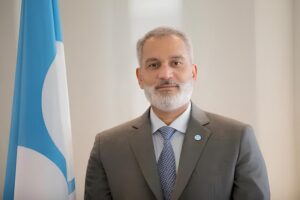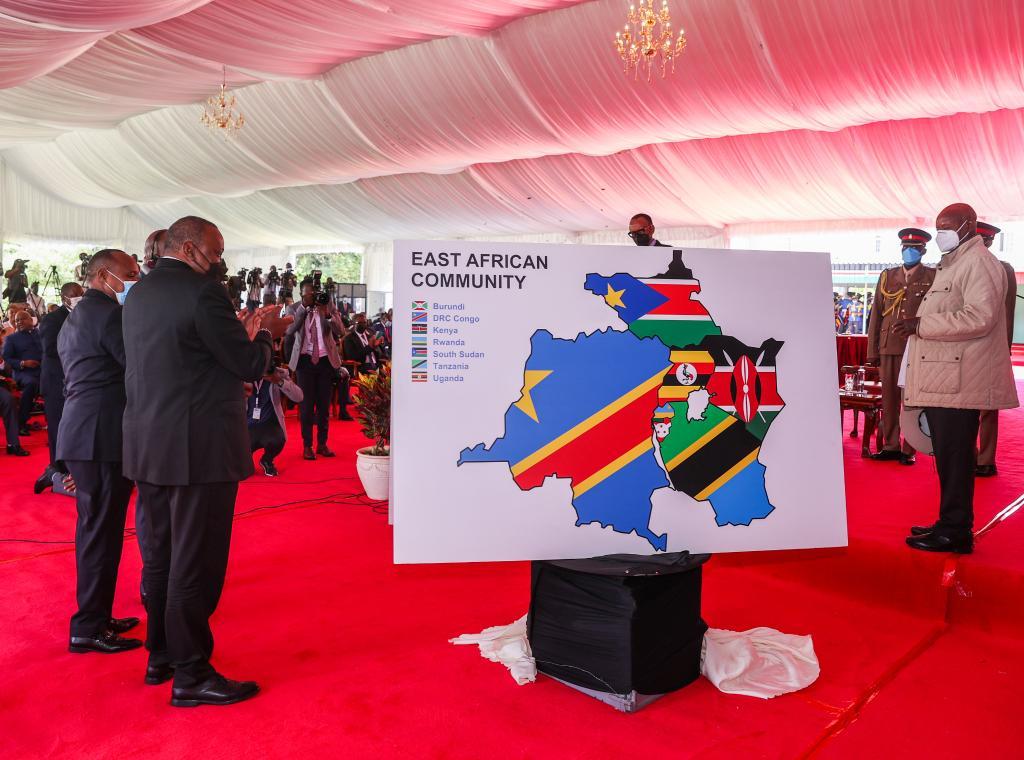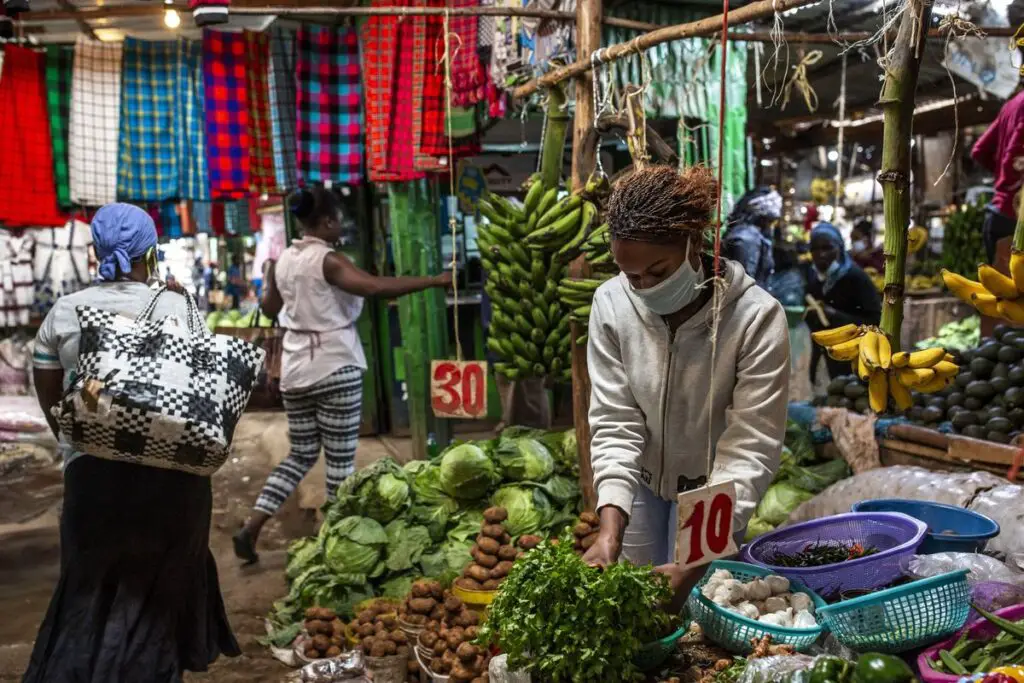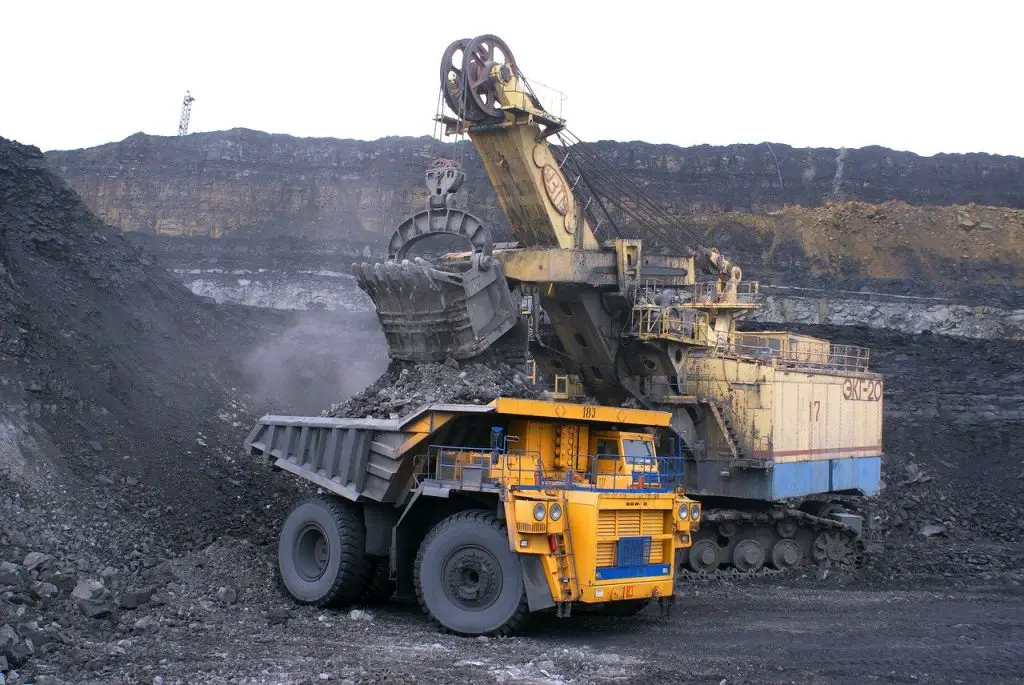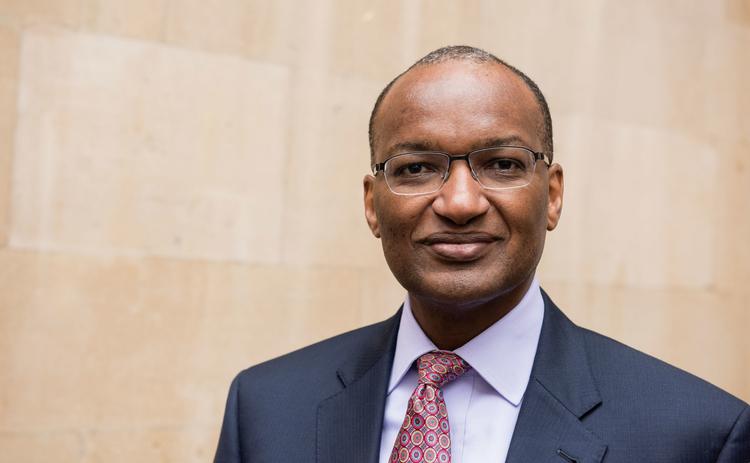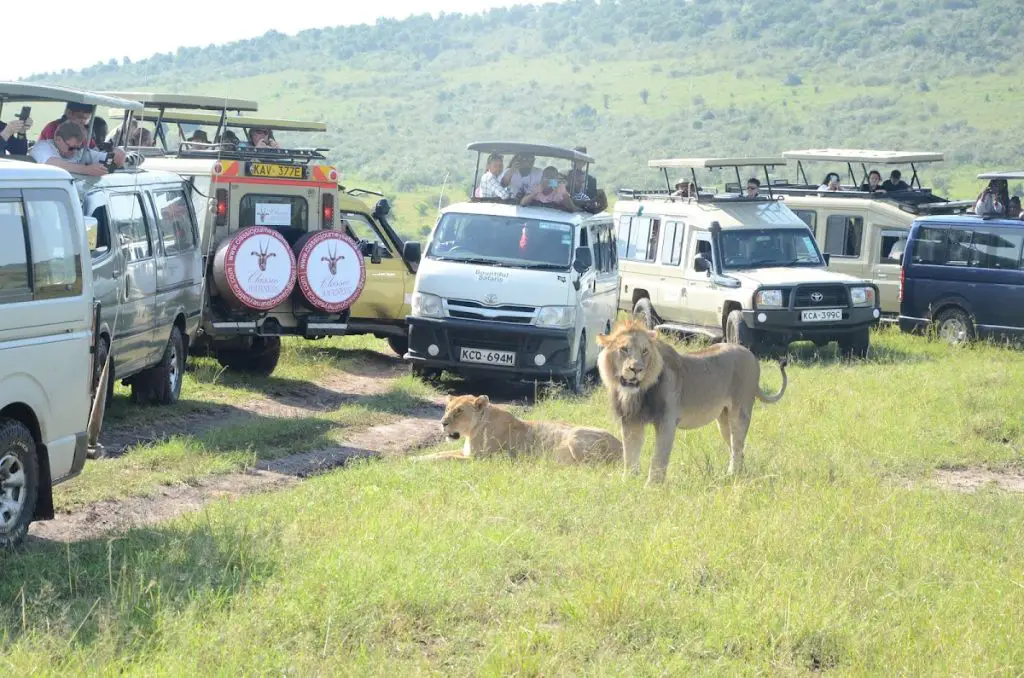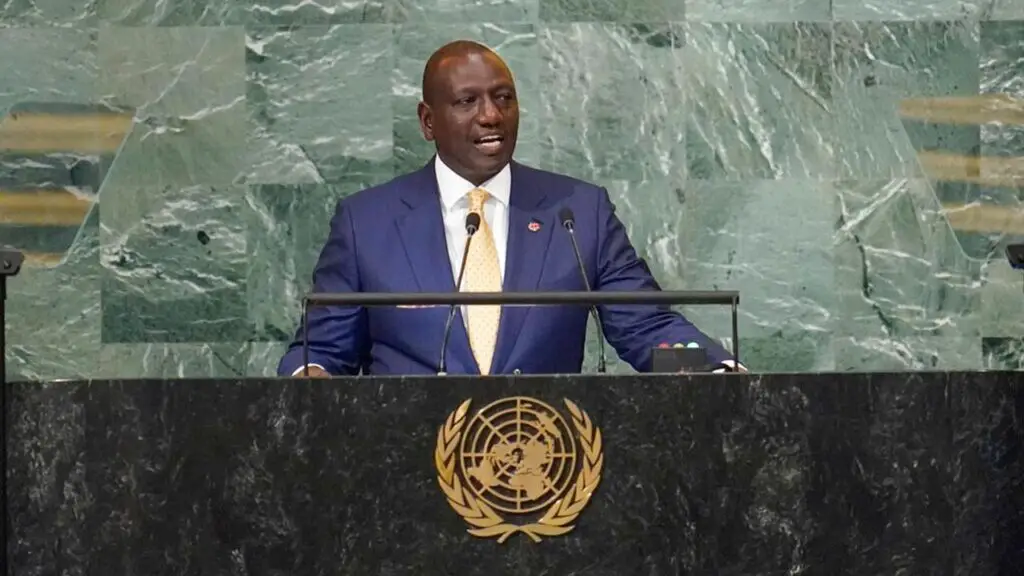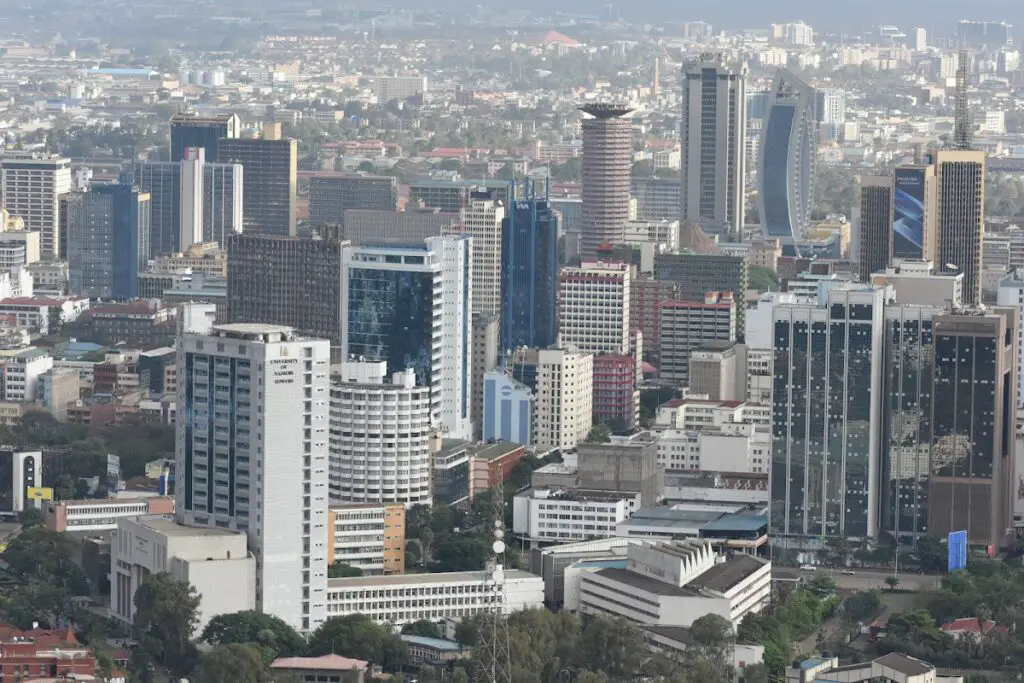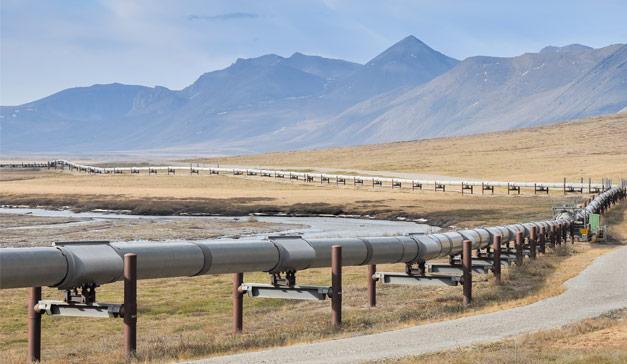- Youth Unemployment in Kenya: The Role of Vocational Training
- New $900,000 initiative aims to boost sustainable trade in Tanzania
- Organization of the Petroleum Exporting Countries’ (OPEC) pride in its African roots
- AIM Global Foundation pushes for stronger Gulf-Africa trade partnerships
- Investment opportunities in South Sudan’s emerging gold industry
- Family planning drive in Kenya gets 450,000 self-injectable contraceptive doses from UK
- AfDB commits $2 billion to revolutionise clean cooking in Africa, save forests
- The harsh realities of family laws for African women revealed
Author: Martin Mwita
Martin Mwita is a business reporter based in Kenya. He covers equities, capital markets, trade and the East African Cooperation markets.
Most of the countries have no choice but borrow to bridge budget deficits. According to the IMF, the major EAC nations, namely Kenya, Uganda, Tanzania, Burundi and Rwanda, together, had borrowed more than $100 billion in both external and domestic borrowing.
With the global economy in teeters post Covid-19 and the impact of the Ukraine-Russia conflict, economies worldwide are contracting, leaving East African nations in a perilous situation.
According to the IMF, about
Kenya’s inflation has marginally dropped for the third straight month providing relief to households that have been battling runaway inflation since April last year.
The overall year-on-year inflation rate as measured by the Consumer Price Index (CPI) was 9.0 per cent in January 2023, down from 9.1 per cent in December and 9.5 per cent in November last year.
It hit a five-year high of 9.6 per cent in October 2022, data by the Kenya National Bureau of Statistics (KNBS) shows. The lower inflation (measure of the cost of living) in January however remains above the preferred ceiling of 7.5 per cent.
According to the government statistician, the high inflation was due to increase in prices of commodities under transport (13.1%), food and non-alcoholic beverages (12.8%) and housing, water, electricity, gas and other fuels (7.3%) between January 2022 and January 2023.
These three divisions account for over 57 per …
The world has in recent months witnessed a dramatic turnabout on the future of nuclear energy, mainly in the developed countries.
This is on the back of the Russia-Ukraine war which has seen post-pandemic energy shortages turn into a full-blown energy crisis.
According to the International Monetary Fund (IMF), nuclear power plants slated for closure across Europe have been given “an 11th hour reprieve.
Japan has announced, after a decade of paralysis, that it plans to restart many of its reactors, which have sat idle since the nuclear accident at Fukushima Daiichi.
France, which had launched plans to reduce its dependence on nuclear energy during President Macron’s first term, reversed course and now, plans to build at least six new reactors and a dozen smaller modular reactors.
The UK on the other hand recently launched an ambitious plan to build eight new reactors and16 small modular reactors.
Even anti-nuclear Germany …
The Central Bank of Kenya (CBK) has retained the base lending rate in the country at 8.75 per cent, citing easing inflationary pressure and positive macroeconomics outlook.
CBK’s decision making organ – Monetary Policy Committee (MPC) met on Monday against a backdrop of a weak global growth outlook, decline in global commodity prices, easing inflationary pressures, geopolitical tensions, persistent uncertainties, and measures taken by authorities around the world in response to these developments.
This includes the back-to-back fed rate hikes witnessed in the US as the country navigated high inflation which hit a peak last year.
Kenya’s overall inflation decreased to 9.1 per cent in December 2022 from 9.5 per cent in November, mainly due to lower food prices.
Food inflation declined to 13.8 per cent in December from 15.4 per cent in November, largely driven by a decrease in prices of maize and milk products.
This is pegged on …
Kenya is set to sign business deals in the Indian market as Kenya Tourism Board (KTB) leads its members to this year’s Outbound Travel Mart (OTM) tourism fair in the country.
The expo to be held at the Jio World Convention Centre, in Mumbai from February 2-4, will bring together exhibitors from over 60 countries, as destinations globally smart out of the impact of Covid-19 pandemic.
Over 14 Kenyan travel trade partners will take part in the three–day exhibition with the country seeking to reposition itself in the Indian market, whose growth has picked up to about 90 per cent by the close of last year, compared to 2021.
KTB acting CEO John Chirchir says OTM is giving Kenya an opportunity for re-entry into the Indian market that was severely affected by the Covid-19 pandemic.
“India is one of the markets whose travel was negatively impacted with the Covid-19. We …
Kenya’s President William Ruto has asked his Cabinet Secretaries to act fast to deliver on his administration’s development programmes, “with speed and efficiency”.
“We made important promises to the people of Kenya, especially those at the bottom of the economic pyramid. And we must deliver,” the president said.
According to Ruto, there are no excuses not to deliver his mandate adding that the government must work as a team and drive the interests of the people.
He was speaking at a cabinet retreat on the implementation of the government’s development priorities for 2023.
In the run up to the August 2022 General Elections, Ruto gave a number of promises under his bottoms-up economic plan.He unveiled a five-point manifesto dubbed ‘The Plan’, which he said would address Kenya’s economic challenges.
Economic recovery in a post-Covid era was one of his main objectives. Ruto also pledged to invest at least Sh250 billion …
But what is expected of


